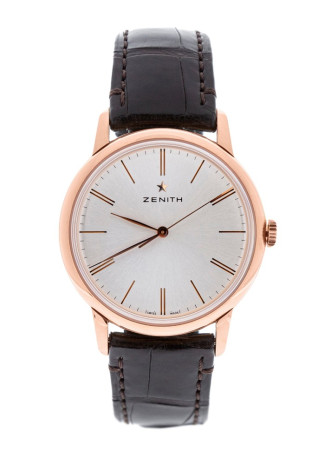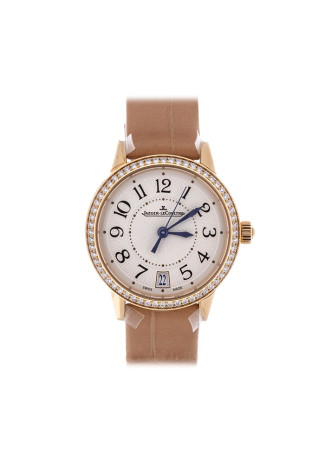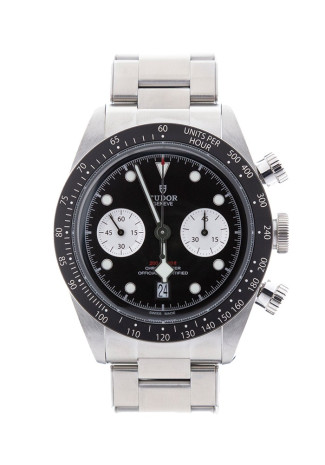The terms "chronograph" and "chronometer" are often used interchangeably, but their meanings and functions diverge significantly in the world of timepieces. While both relate to time measurement, understanding the fundamental differences between these two terms is crucial for watch enthusiasts seeking precision and accuracy in their timekeeping.

chronograph
A chronograph serves as a multifunctional tool within a watch, designed specifically for recording elapsed time. This feature, considered a complication in watchmaking, typically incorporates subdials that display hours, minutes, and seconds, alongside a start-stop mechanism using pushers on the watch's case. The chronograph function enables precise time measurements, ideal for activities requiring accurate timing, such as sports events or tracking time intervals in various activities.

chronometer
Conversely, a chronometer represents a distinct standard of timekeeping accuracy established by rigorous testing, often conducted by esteemed institutions like the Contrôle Officiel Suisse des Chronomètres (C.O.S.C). A watch earns the prestigious designation of a chronometer only after enduring a series of demanding tests for over 15 days, showcasing exceptional accuracy and reliability in timekeeping. The certification, denoted by the term "chronometer" on the watch's dial, signifies that the timepiece meets stringent criteria, typically maintaining accuracy within a specified range, such as +6 to -4 seconds per day. It's essential to note that while a watch can embody both features, the terms "chronograph" and "chronometer" denote distinct functionalities, and a watch may possess one without the other.






